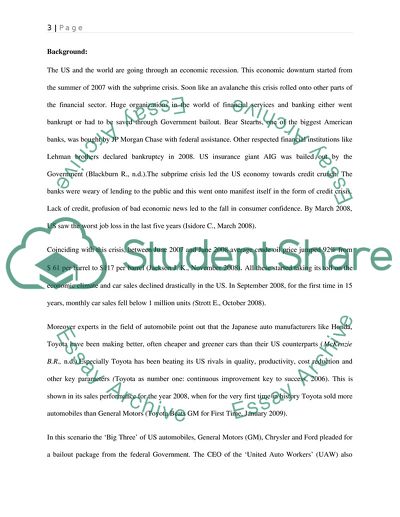Cite this document
(Economic Crisis And Its Impact On The Trade In The U.S Research Paper, n.d.)
Economic Crisis And Its Impact On The Trade In The U.S Research Paper. Retrieved from https://studentshare.org/macro-microeconomics/1722462-research-paper-for-following-issue-related-business-subject
Economic Crisis And Its Impact On The Trade In The U.S Research Paper. Retrieved from https://studentshare.org/macro-microeconomics/1722462-research-paper-for-following-issue-related-business-subject
(Economic Crisis And Its Impact On The Trade In The U.S Research Paper)
Economic Crisis And Its Impact On The Trade In The U.S Research Paper. https://studentshare.org/macro-microeconomics/1722462-research-paper-for-following-issue-related-business-subject.
Economic Crisis And Its Impact On The Trade In The U.S Research Paper. https://studentshare.org/macro-microeconomics/1722462-research-paper-for-following-issue-related-business-subject.
“Economic Crisis And Its Impact On The Trade In The U.S Research Paper”, n.d. https://studentshare.org/macro-microeconomics/1722462-research-paper-for-following-issue-related-business-subject.


